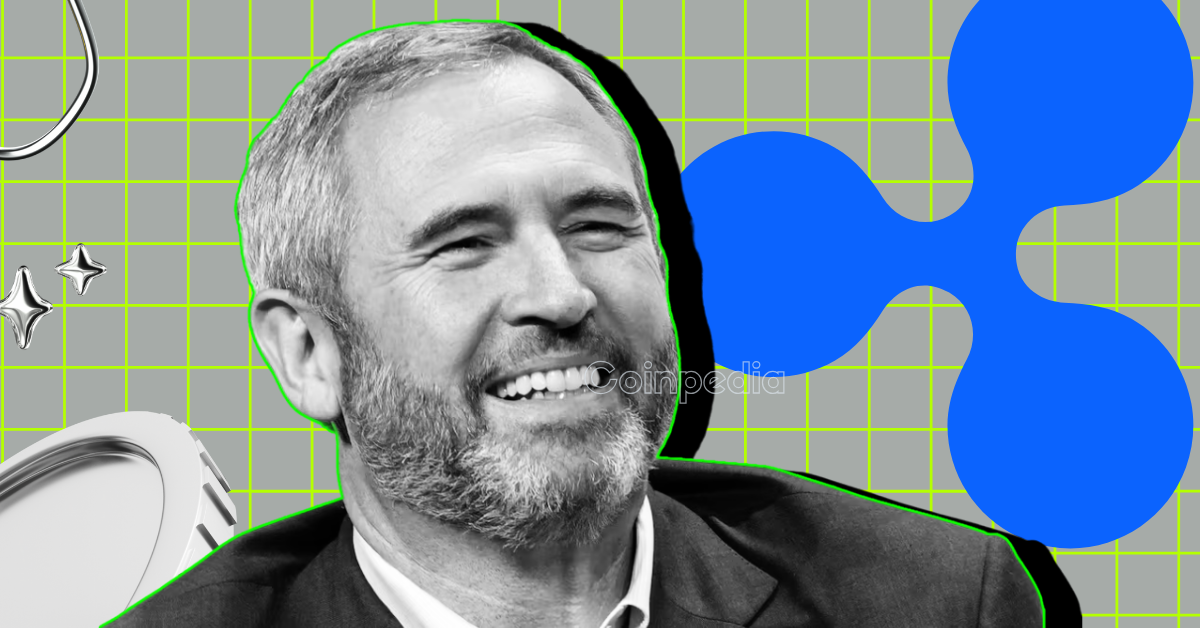The digital currency landscape in 2025 remains a dynamic and evolving space, where innovation intersects with regulatory scrutiny. Among the most closely watched developments is the trajectory of XRP, the digital asset developed by Ripple Labs. After enduring a protracted legal battle with the U.S. Securities and Exchange Commission (SEC), XRP finds itself at a critical crossroads. The upcoming testimony of Ripple CEO Brad Garlinghouse before Congress could provide a pivotal moment for the cryptocurrency, offering an opportunity to clarify its regulatory status and shape the future of digital assets in the United States.
The legal dispute between Ripple and the SEC has been a defining narrative for XRP. The SEC’s initial lawsuit, filed in December 2020, alleged that Ripple’s sale of XRP constituted an unregistered securities offering. This legal action cast a long shadow over XRP, creating uncertainty about its regulatory classification and impacting its market performance. The lawsuit has had significant consequences, influencing XRP’s price volatility, trading availability on various exchanges, and overall market sentiment.
A key turning point in the lawsuit occurred when a federal judge ruled that XRP is not inherently a security. This ruling was seen as a major victory for Ripple and the broader crypto industry, offering some much-needed clarity. However, the ruling did not entirely resolve the matter, as the SEC continued to pursue claims related to Ripple’s institutional sales of XRP. The lawsuit’s resolution, through a settlement or final judgment, remains crucial for XRP. A favorable outcome for Ripple could remove the regulatory overhang, potentially leading to increased adoption and market stability. Conversely, an unfavorable outcome could further complicate XRP’s regulatory status and hinder its growth prospects.
Brad Garlinghouse’s scheduled testimony before Congress presents a unique opportunity for Ripple to directly address lawmakers and advocate for clearer crypto regulations. This testimony comes at a time when Congress is actively considering legislation to provide a comprehensive framework for the digital asset market. Garlinghouse’s testimony could focus on several key areas, including advocating for regulatory clarity, explaining XRP’s functionality, addressing SEC concerns, and promoting innovation. The impact of Garlinghouse’s testimony will depend on his ability to effectively communicate Ripple’s message and persuade lawmakers of the need for sensible crypto regulations. A strong and persuasive testimony could influence the direction of future crypto legislation and positively impact XRP’s regulatory outlook.
With the legal uncertainties potentially fading, XRP is poised to capitalize on its underlying technology and strategic partnerships. XRP was designed to facilitate fast and low-cost cross-border payments, offering an alternative to traditional banking systems. Its ability to settle transactions in seconds, compared to days for conventional methods, gives it a competitive advantage in the global payments market. Several factors could contribute to XRP’s growth, including institutional adoption, new use cases, ecosystem development, and potential ETF inflows. However, challenges remain, as XRP faces competition from other digital assets and traditional payment systems. Success will depend on Ripple’s ability to execute its strategy, build partnerships, and demonstrate the value proposition of XRP to a wider audience.
XRP’s fate is intertwined with the broader regulatory landscape for cryptocurrencies in the United States. The lack of clear rules has been a major impediment to the growth of the crypto industry, creating uncertainty for businesses and investors alike. Congress is actively considering various legislative proposals to address this issue, covering areas such as security vs. commodity classification, exchange regulation, stablecoin regulation, and taxation. The outcome of these legislative efforts will have a profound impact on the crypto industry, including XRP. Clear and sensible regulations could foster innovation, attract investment, and provide a level playing field for all participants. Conversely, overly restrictive or unclear regulations could stifle growth and drive innovation overseas.
The journey for XRP has been marked by legal complexities, regulatory uncertainties, and market volatility. However, with the potential resolution of the SEC lawsuit and the opportunity to advocate for clearer regulations before Congress, XRP stands at a critical juncture. The coming months could determine whether XRP can finally achieve the legal clarity it needs to thrive. If Ripple can successfully navigate these challenges, XRP is well-positioned to capitalize on its technological advantages and play a significant role in the future of global payments and the broader digital asset ecosystem. The convergence of legal resolution, congressional engagement, and continued technological development paints a picture of cautious optimism for XRP.

